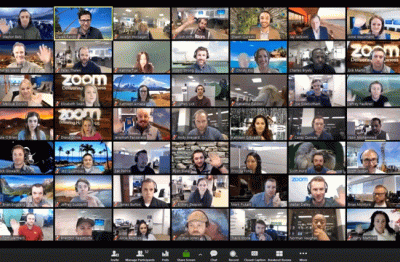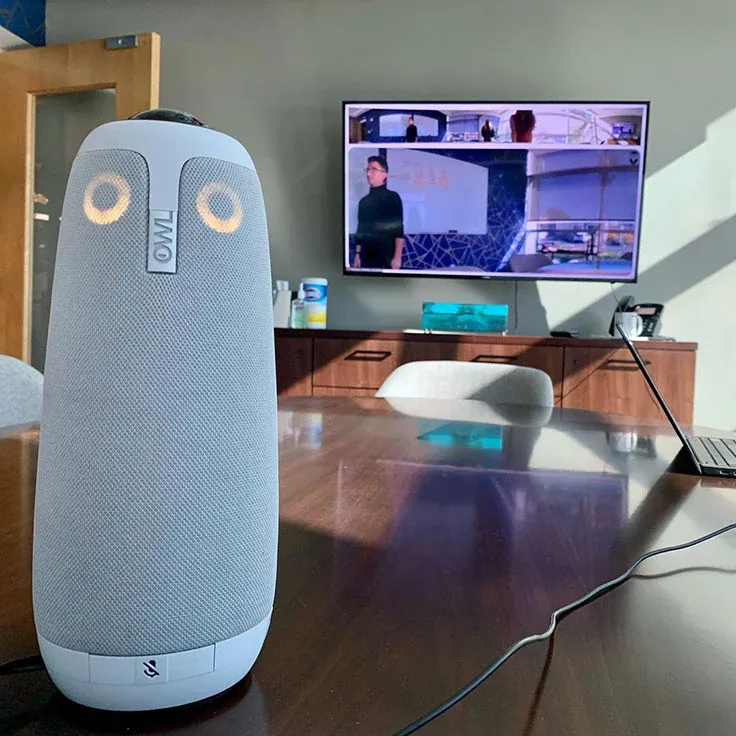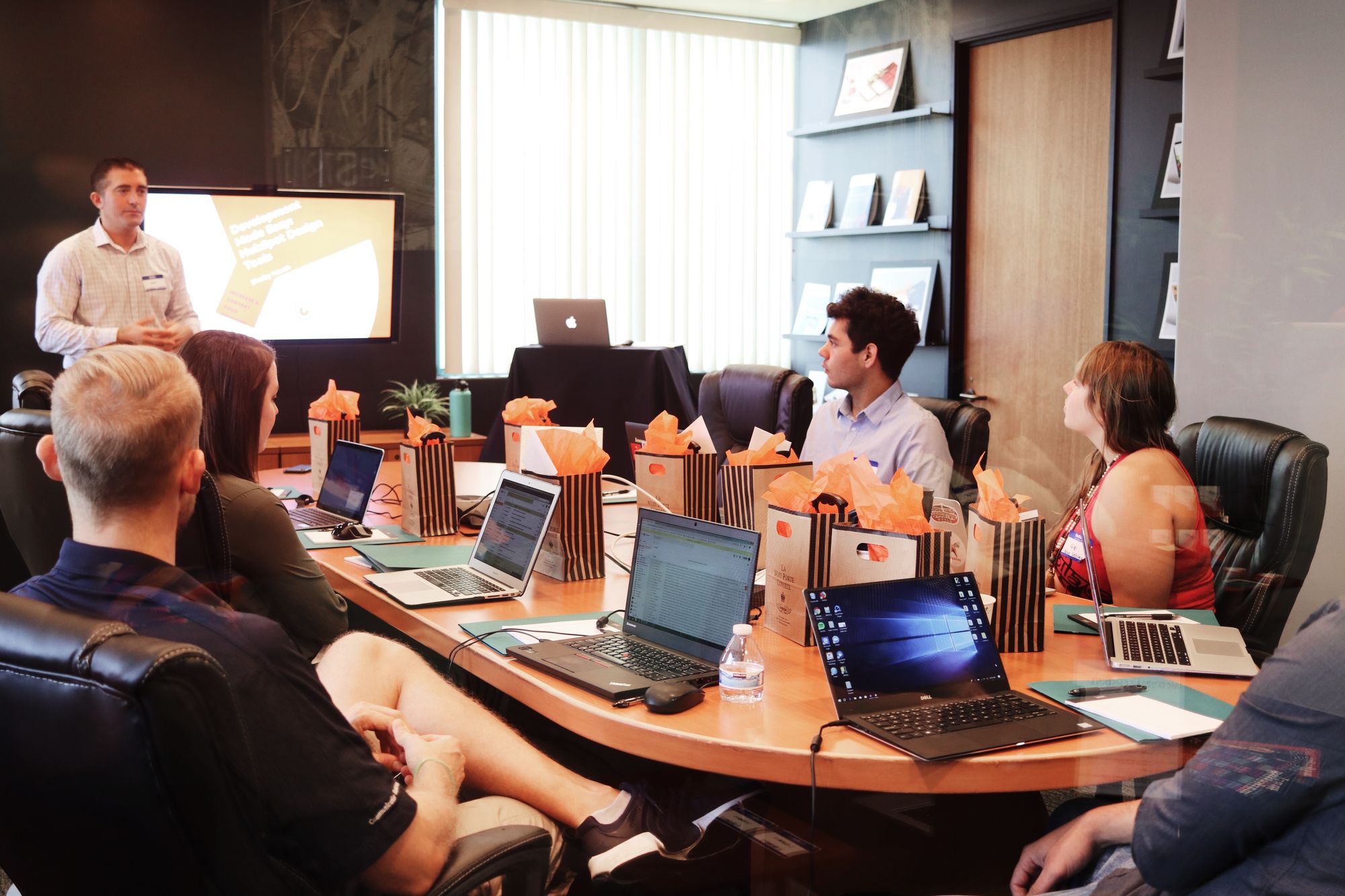Thoughts about Returning to In-person Meetings
by Ken Rock, MSDC Editor

With NMNH beginning to allow staff and volunteers to return to work on site, MSDC may soon be able to resume in-person meetings again. No matter what the post-pandemic new normal turns out to be, it’s possible that future meetings will involve both in-person and remote participants.
Over the last two years, we all enjoyed the benefits of remote meetings where we’ve been able to attract some amazing speakers from both close-to-home and far-away locations, as well as many participants who would not otherwise be able to attend in person. It seems clear that hybrid meetings will draw more people than solely in-person meetings. Even if a few remote participants would come in person if that were the only option, many more would not attend at all.

Based on this experience, I expect that MSDC will want to continue to attract to our meetings speakers from near and far, as well as participants throughout the U.S. and other countries. These hybrid meetings will pose some unique challenges that we will need to address.
Technology
First, we will need to recognize that hybrid meetings can create a sense of inequality among those in the room and those out of the room who may not be able to see or hear properly. Technology may help in this regard. The simplest group approach uses a single laptop camera and mic at one end of the room to capture on-site attendees and, perhaps, a standard projector to display images of remote participants onto a screen. The resulting bowling-alley view of on-site participants can be less than satisfying.
A more sophisticated system uses video technology to track the active presenter. For example, a product called the Meeting Owl is a cylindrical devise that combines a camera, mic, and speaker. It sits in the middle of a meeting room and zooms in on whoever is talking, while remote participants still appear on screens. Many non-for-profit leaders have reported that the Owl improved their hybrid meetings – but requires an investment from the club to buy (currently ~$1,000).

Another option is for every participant, including those meeting in person, to use a separate screen, typically a laptop or tablet. Participants in the same room would mute their microphones and turn off their speakers. These actions allow audio to flow through the host’s computer and can be routed to a speakerphone with or without extension mics. This approach has worked well for some small groups.

Program Design
Second, hybrid meetings will require careful design to engage both in-person and remote participants. This might mean building in time for social interactions, even at the expense of other club business, such as shorter monthly presentations. From experience in other groups, social interactions are encouraged through heavy use of the chat box or the use of pre-determined questions to the group (e.g., geology in the news, mineral show and tell, upcoming shows).

Facilitation
Finally, we will need to recognize that running an effective hybrid meeting will require skills that will allow both sets of attendees to have an interesting and worthwhile experience. Even the best available technology provides no benefit is there is no one available who can make it work. Specific needed skills that come to mind include:
· Setting up the computers (or laptops) prior to starting the meeting, including a projector and additional speakers, if used;
· Inviting comments from as many participants as possible, including those present in person and those off site;
· Asking on-site participants to look into the cameras and speak clearly into mics so that everyone can hear them;
· Reducing in-room banter, which makes remote participants feel left out;
· Starting meetings on time so that remote attendees aren’t left waiting; and
· Establishing rules for asking questions (e.g., raised hands) to encourage more participation.
The ability to hold virtual meetings has been crucial to holding MSDC together during the pandemic. Even with a return to in-person meetings at NMNH, it is likely that many of our members will want to have the option of participating remotely. This hybrid approach will also maximize participation in our meetings.
Hybrid meetings can be effective and inclusive when thoughtfully planned and executed. In fact, a well-run hybrid meeting can attract more attendees than in-person-only meetings while making it easier for on-site participants to connect with other than in virtual-only meetings.
No one can deny the benefits of passing around mineral specimens and learning about them in person. But the potential benefits of well-run hybrid meetings can generate a lot of participation and inclusion. We will all need to be flexible as we adapt to the new "hybrid" post-pandemic normal.
With thanks to Mark Zitter, a long-time friend and classmate, for allowing me to share some of his experience and thoughts on this topic.
